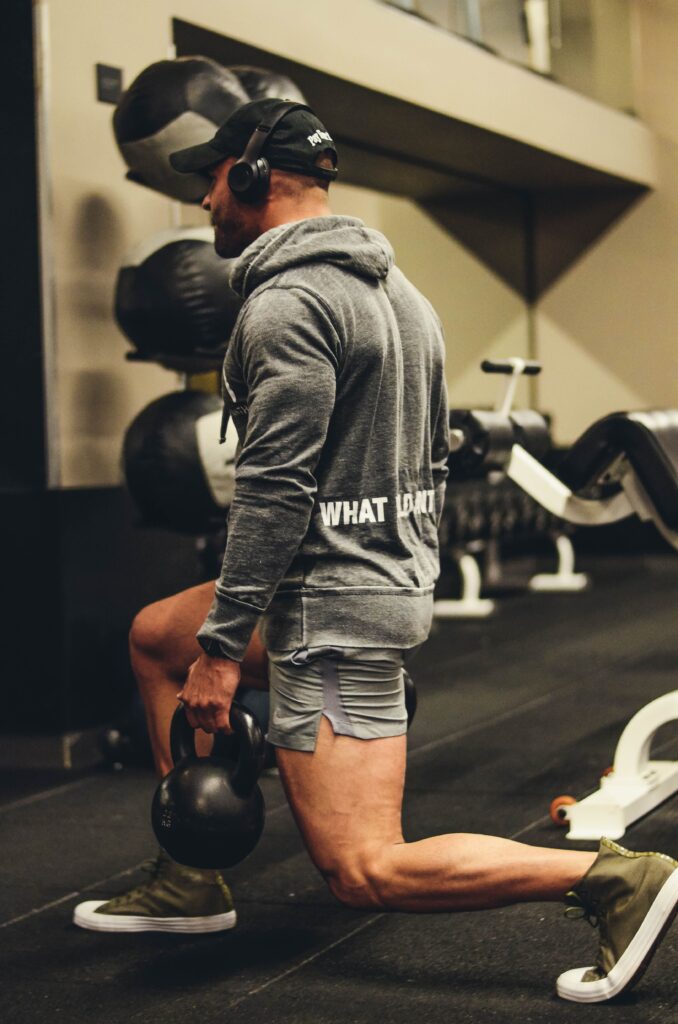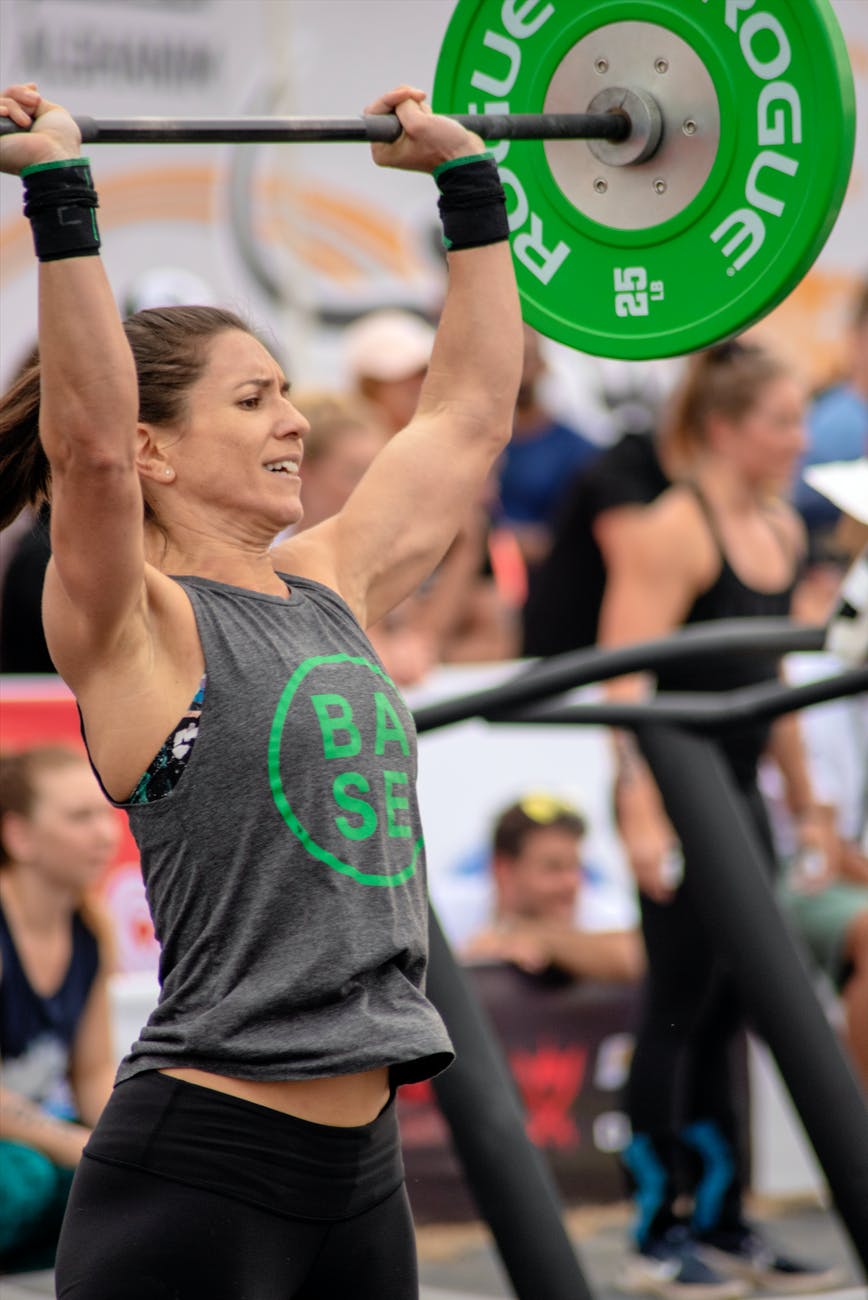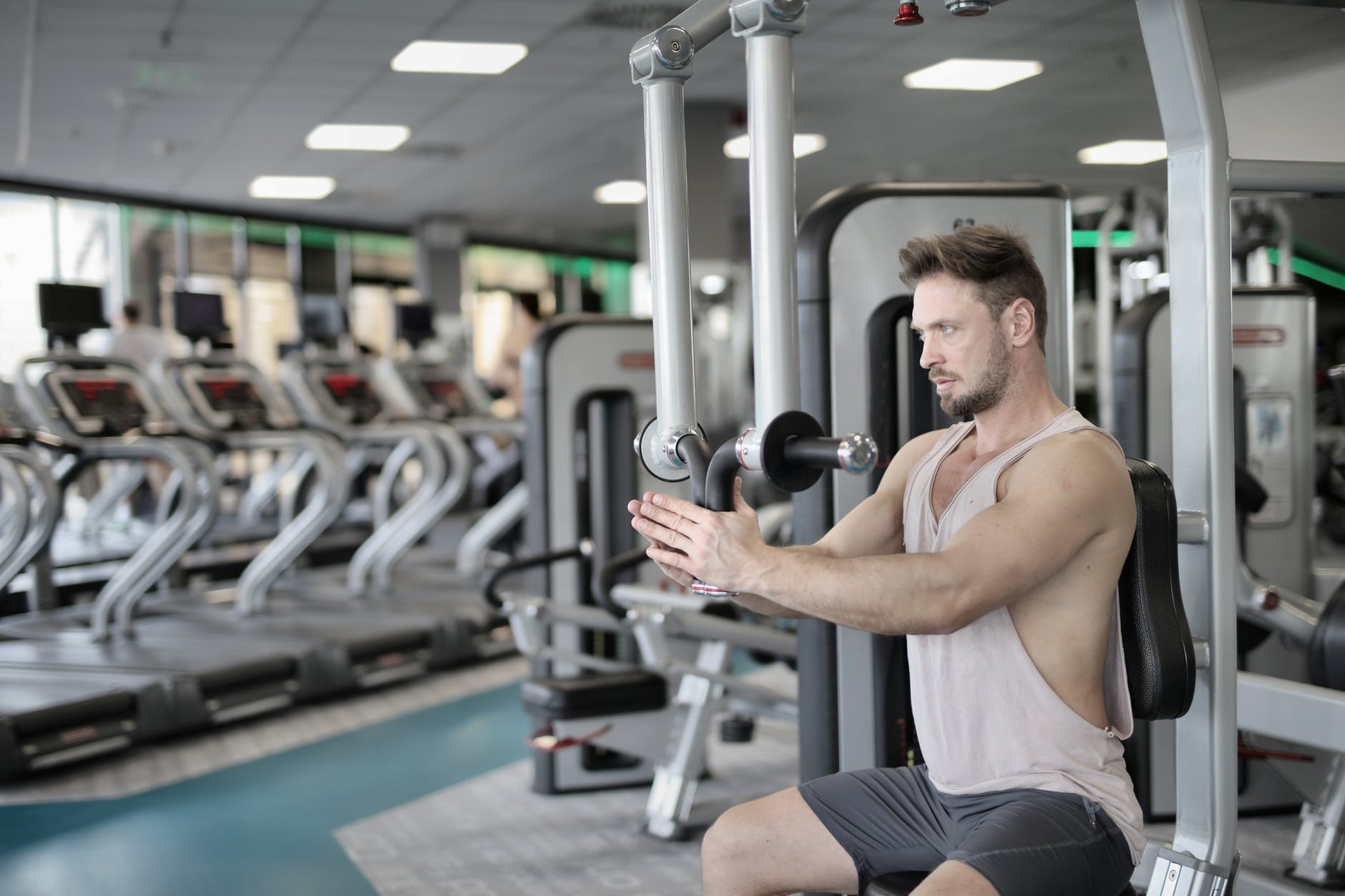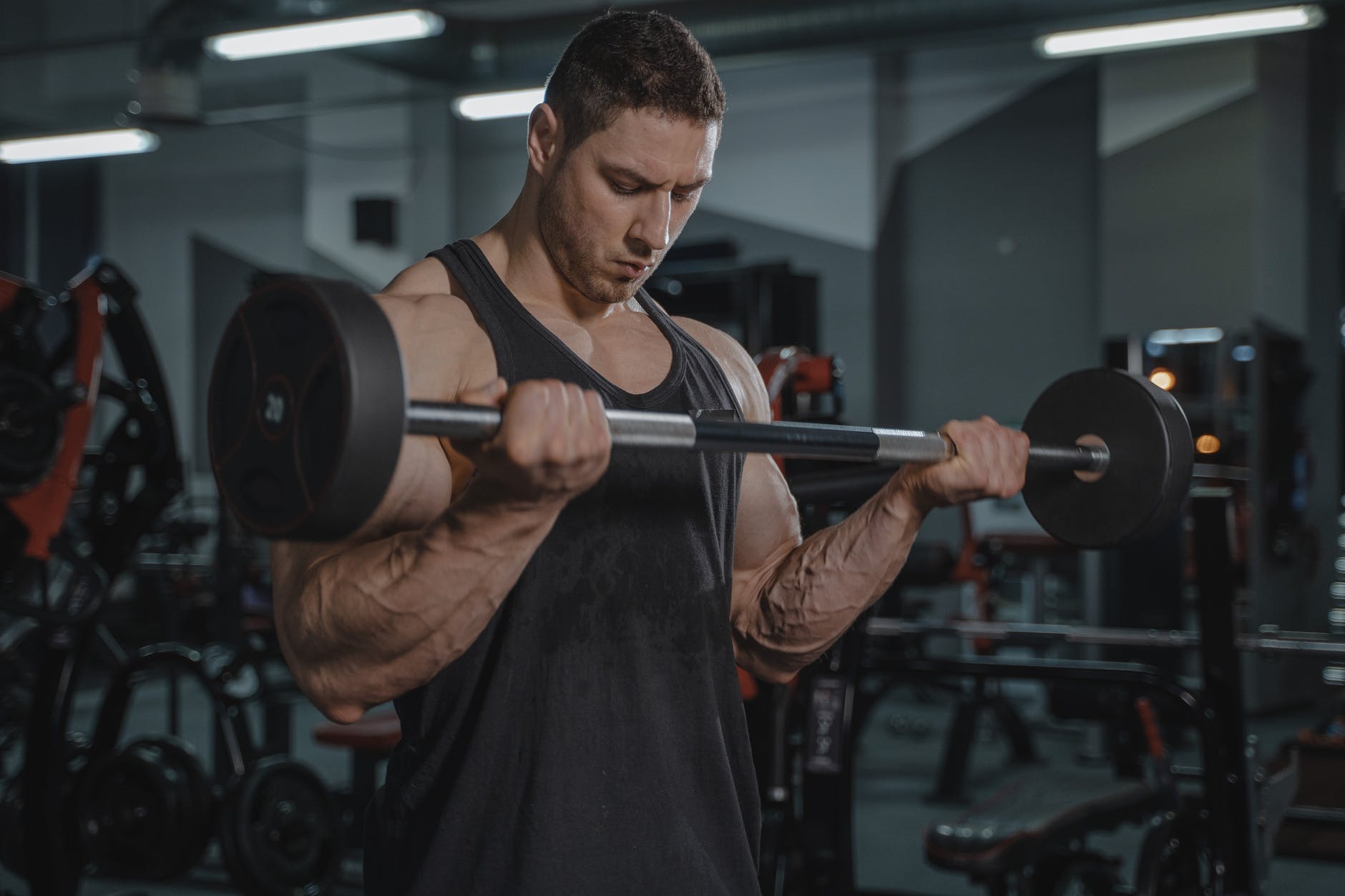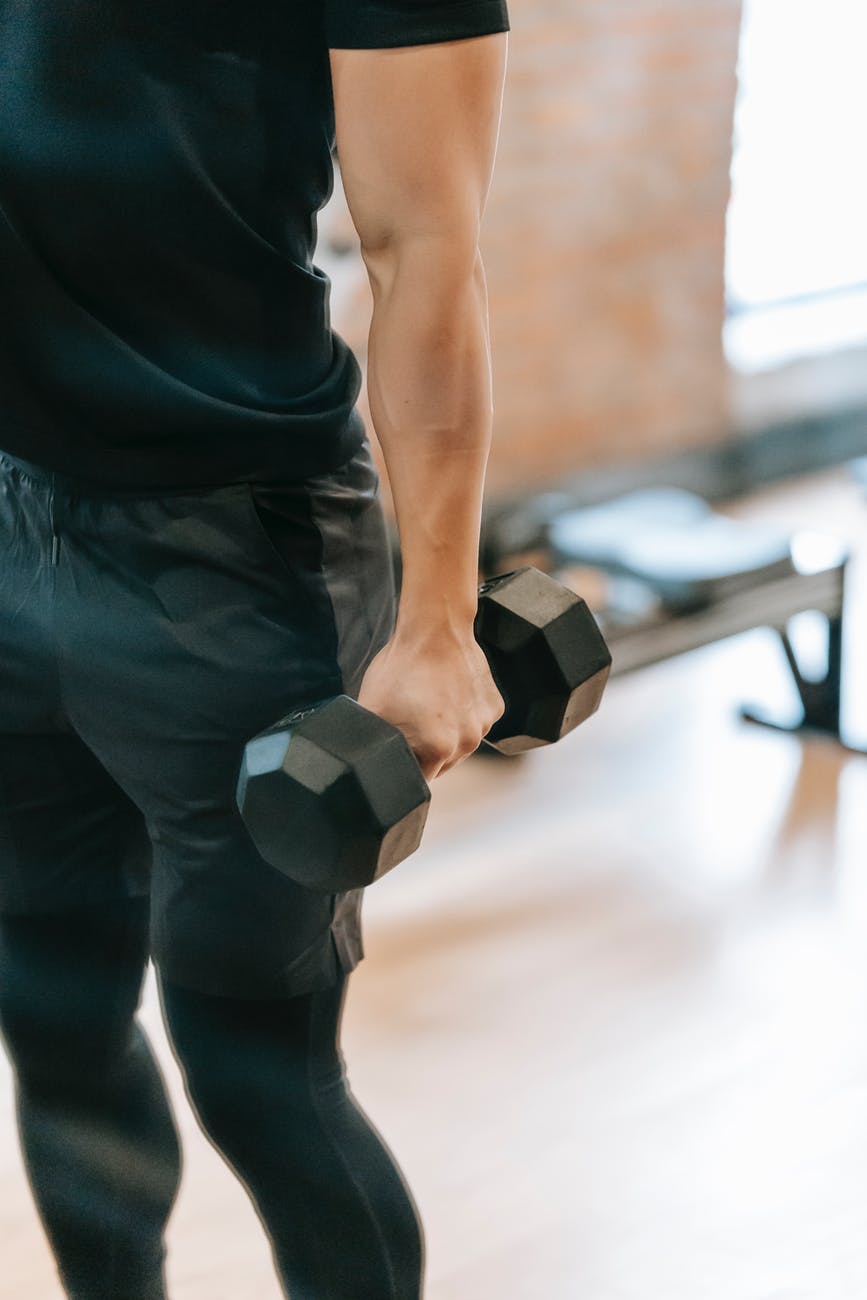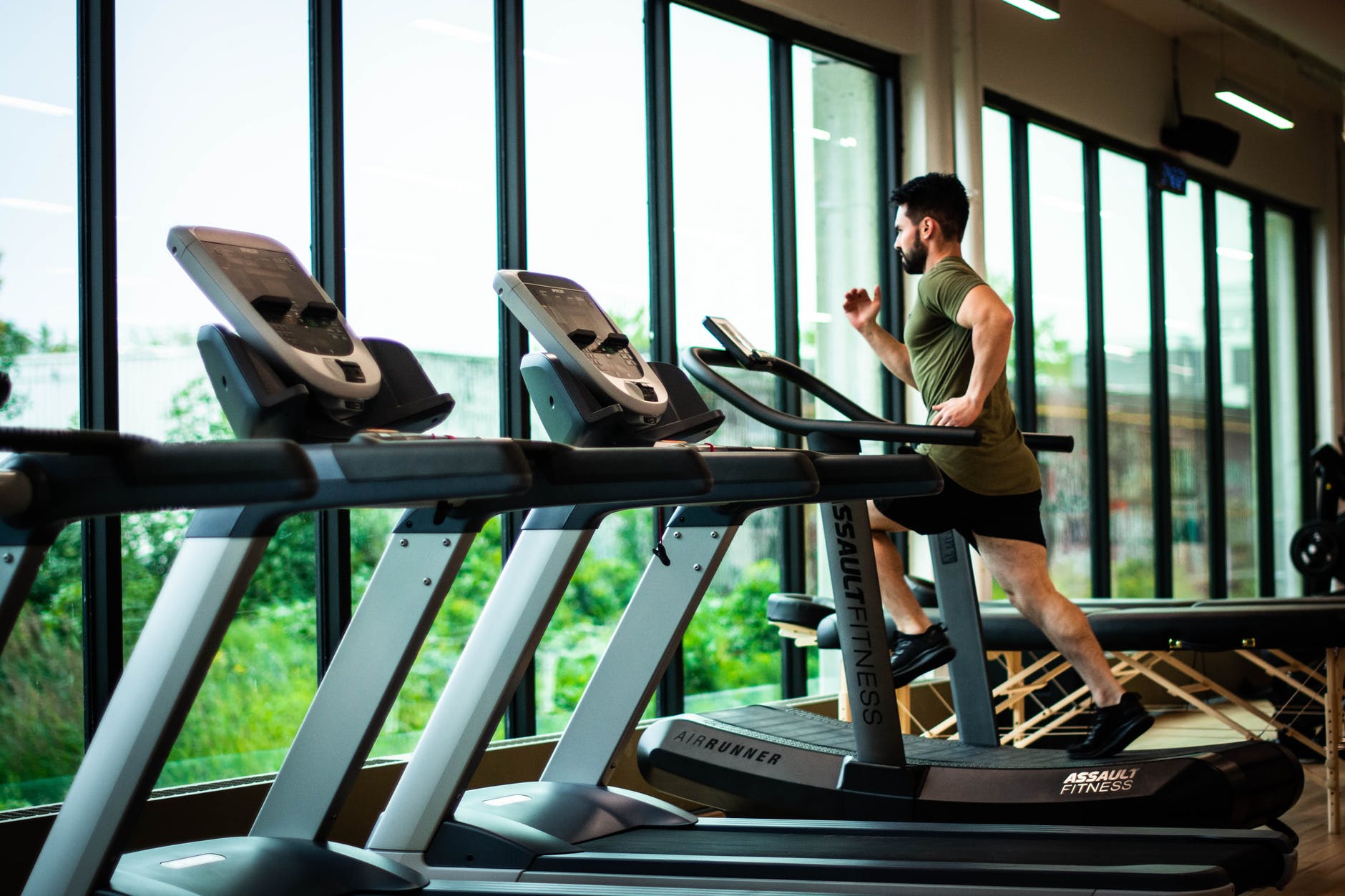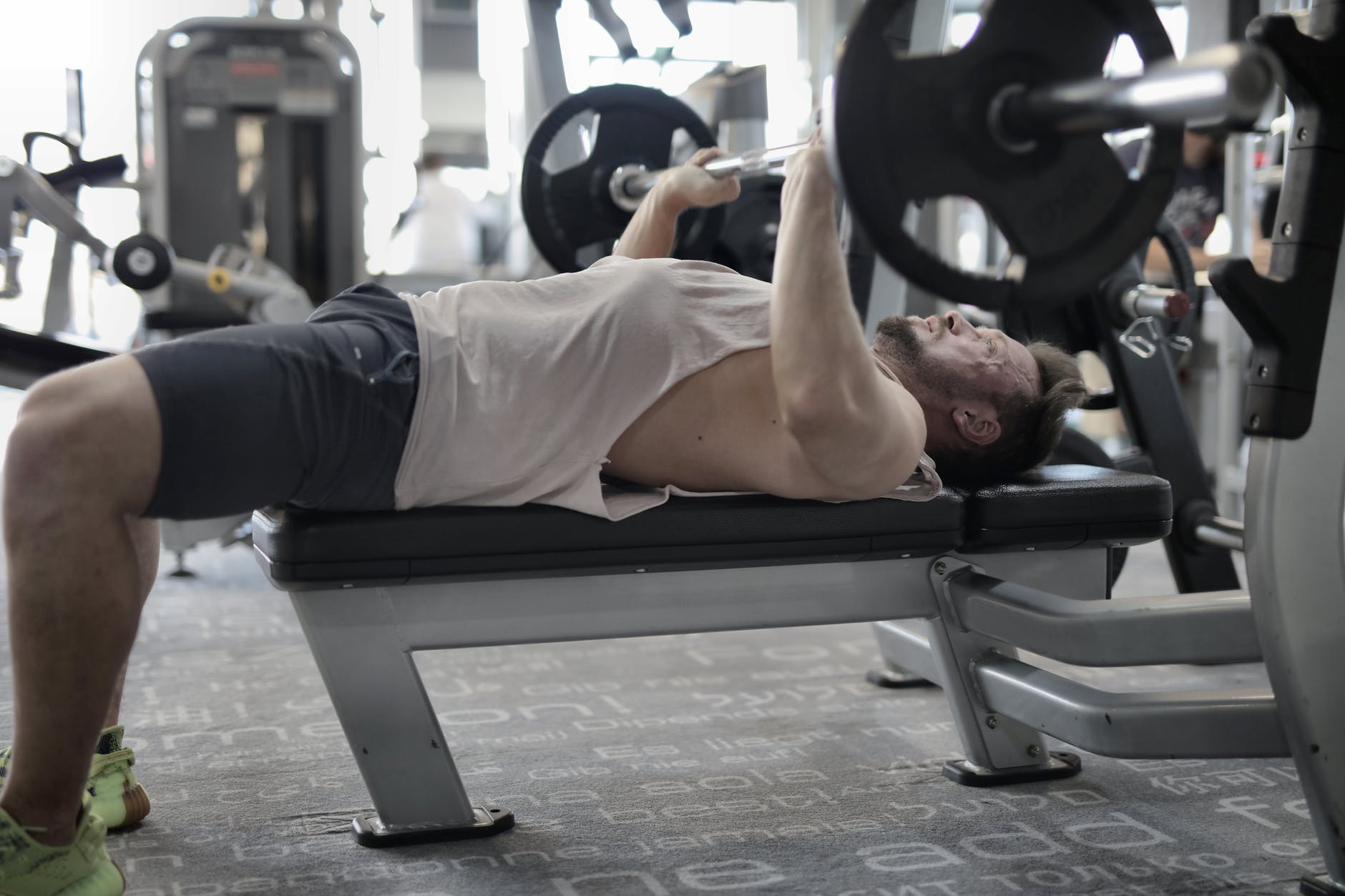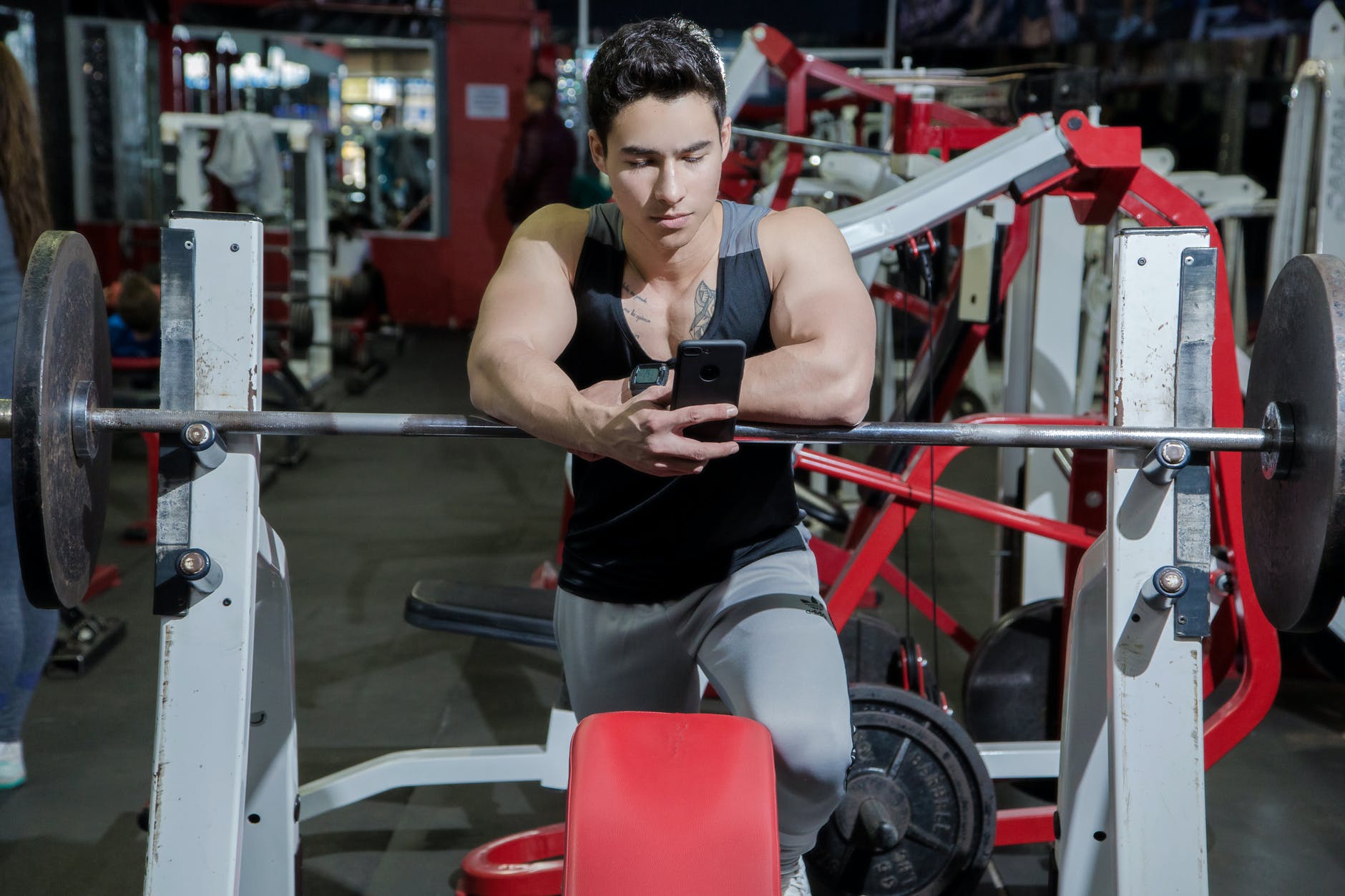On the other hand, unilateral exercises tend to be relegated as secondary exercises in favour of the “major lifts”. However, unilateral exercises can provide many crucial benefits beyond simple accessory movements on maintenance days. When properly added to your program, you can reap the benefits and start to even discover that they may even exceed their effectiveness over your usual bilateral exercises. Here are some basic benefits of unilateral training to get you thinking about how they can help you with your goals:
Neuromuscular Balance
Exercises like Bulgarian split squats, lunges, alternating presses, and so forth feel more difficult for a reason. They require a little more extra effort to maintain your balance. Even though your force output may be less than what you are used to, the added challenge of stabilization from underworked muscles will ramp up your heart a bit more. If stabilization is required or a focus on your program, then you will likely be doing a lot of unilateral work in order to develop the muscle memory to make you more resilient. Getting your brain working as it adjusts to the additional demand from the balance can improve your awareness, athleticism, and overall ability to exercise.
Side note: For some, this is part of the reason why these are considered “accessory” exercises. However, unilateral lifts can hold merit as primary “go-to” exercises for many as well. For performance and athletic training, you will see that these are very common due to the unilateral nature of many sports. Sequencing is crucial for all programs, so following a common model of Stability → Mobility → Strength can prepare you for your bigger lifts later on in your workout.
Muscular Imbalances
Pretty much every person has some sort of muscular imbalance. For some, it may not be as significant, but there is a large population of people who can benefit from balancing out their bodies. Keeping certain opposing muscles will alleviate stress in certain joints can solve many issues with pain. On the other hand (pun sort of intended), closing the gap between your legs or your arms can carry over and improve bilateral lifts.
Bilateral lifts can hide these imbalances. Without knowing your unilateral strength and differences, you may unknowingly be using one side more than the other. Giving yourself the time to train both sides separately will bring you closer to evening things out.
Our bodies are naturally imbalanced. While chasing symmetry is certainly helpful, learning to understand your stronger and weaker sides is important if you are a performance athlete. Athlete’s generally don’t learn to be ambidextrous in their sports, but in the weight room, clearing up significant imbalances can make a difference in your resilience to injuries.
Extended Work
Assuming you like to actually balance both sides of your body, you will be performing unilateral exercises on both your left and right sides. Breaking this down into this following example:
Workout 1
3x10: goblet squat
3x10: split squats (per leg)
3x10: cable seated row
Workout 2
3x10: dumbbell 3-point bench row (per arm)
3x10: barbell bench press
3x10: landmine overhead press (per arm)
Exercise choices aside, the main thing you will notice is that Workout 2 requires a “second” set for the other appendage. The math simply shows that you would be performing twice as many total repetitions, twice the total time under tension, and overall more work. The same muscle groups are still generally targeted, but you benefit from additional volume with a simple exercise swap. You will also benefit from the additional toll this extra work takes on your cardiovascular system due to more volume, and of course the nature of the exercise as well.
Maintain Intensity without Spinal Stress
For lifters who love to consistently lift heavy, the unfortunate side to this is the toll it takes on the body. As joints begin to get achy and injuries can creep up, the constant pressure takes a toll. For example, squatting or deadlifting heavy consistently will inevitably put a lot of stress on the spine. While a program will include some sort of deload in the form of a recovery week or a simple “back-off” within the week, unilateral training can help fill in the gap and be the remedy you need.
Let’s take a look at an example of someone who has a near maximal squat is around 500lbs. For simplicity, this is somewhere more than double their bodyweight. Chances are this person also squats in the heavy range often. With frequent training, this person eventually succumbs to the stress of consistently lifting half a ton. The stress and compression on the spine forces them to de-load for a bit. However, if this person transitioned to a different unilateral exercise as their focus, they can maintain the training intensity all while reducing the overall load the body needs to handle. A split squat for 250lbs, or half the weight of their squat (in any variation, but let’s just use a very heavy pair of dumbbells), can be just as challenging. For all the other reasons listed, the RPE for this can be fairly similar. But at the end of the day, it’s literally half the amount of bearing down on the body; thereby, reducing the overall pressure on the joints.
Ultimately, this comes down to being able to maintain a high intensity, challenging lift with much less pressure on the joints. Knowing when to do this can make a difference in recovery and also help the athlete progress in their program.
Challenge
For anyone who has ever performed unilateral exercises, you will notice that they are generally more difficult. Having the element of balance, forcing your weak side to work harder, or lack of muscle memory, there are many factors that simply just make unilateral exercises more difficult and take more out of you. If you haven’t been doing much unilateral work in your program, adding them in could the jumpstart you need.
Unilateral exercises seemingly get a bad rep as accessory movements, and sometimes they fall out of favour in strength programs. But shifting your focus to them can truly make a difference in your performance as an athlete and benefit you in more ways than one.
